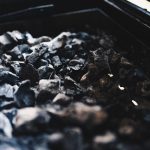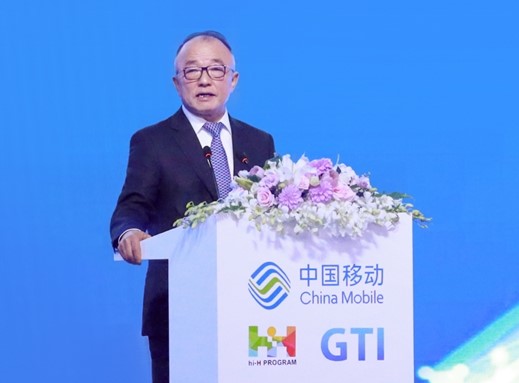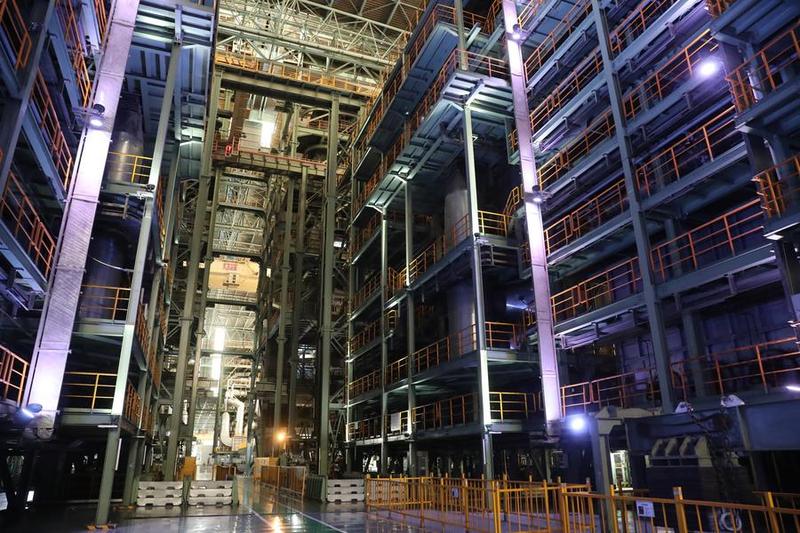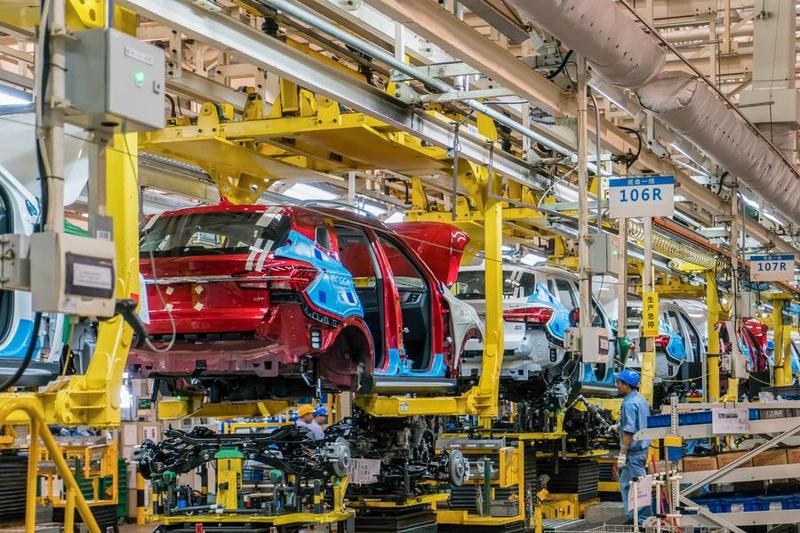Indonesian researchers develop battery anode from coal
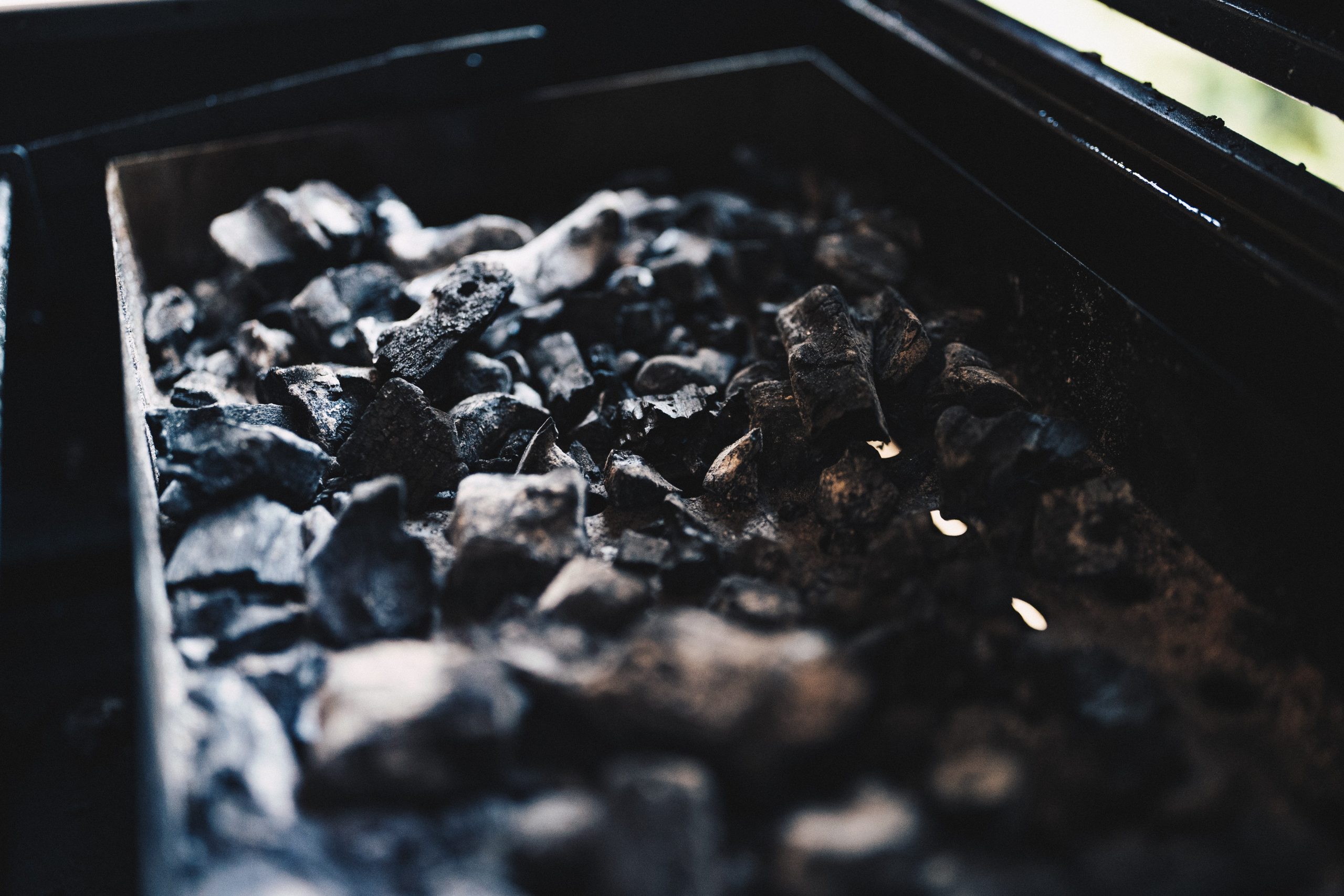
Jakarta (Indonesia Window) – Indonesian researchers at the Ministry of Energy and Mineral Resources has initiated a research on battery anodes by converting coal into high-value pitch raw materials.
Pitch is a viscoelastic polymer which can be found natural or artificial, derived from petroleum, coal tar, or plants.
The research is focused on making carbon precursors from coal tar distillation residues as energy storage materials.
In a written statement received by Indonesia Window here Tuesday, the Coordinator of the Research and Development Group for Coal Processing and Utilization Technology, Slamet Handoko, explained that graphite is the main raw material for battery anodes commonly used in electronic equipment, such as cell phones, laptops and electric vehicles.
The material is high performance and has a fast-charging capacity and a long life.
Indonesia has very abundant low-rank coal and a large enough potential to be used as a carbon precursor in battery anodes manufactures.
In general, burning coal with oxygen produces hydrocarbons and heat.
If the coal is heated in the absence of oxygen, hydrocarbons will be obtained in the form of coal tar which can be further processed into pitch.
The process of making coal tar is known as pyrolysis, while the processing of tar into pitch is usually done through distillation.
However, not all parts of the pitch can be made into synthetic graphite, as it needs to be modified and extracted using a solvent.
Only about 30-40 percent of the pitch can be extracted, and then can be used as a carbon precursor for synthetic graphite manufactures.
The extracted product is often referred to as mesophase pitch, because it contains 100 percent carbon, which can be converted into graphite.
The research aims to support the national coal downstreaming industry by producing high value synthetic graphite raw materials.
Synthetic graphite
The research team leader, Phiciato, explained that the conventional synthetic graphite manufacturing process, whether using petroleum or coal, should go through a process at an extreme temperature of around 2,000-3,000 centigrade.
This condition is difficult to apply economically on an industrial scale. With the help of a catalyst, the process temperature can be lowered to close to 1,000 centigrade.
Observations with X-Ray Diffraction show that synthetic graphite can be formed at a temperature of 1,200 centigrade with the help of a catalyst based on Fe (Ferrum).
“The key to success is influenced by two aspects, namely the effectiveness of making mesophase and choosing the type of catalyst. Currently, the research team is still focused on making mesophase and in the future we will develop suitable and economical catalysts,” Phiciato said.
He added, in principle, synthetic graphite can be made from all types of carbon materials such as biomass, soot, charcoal and industrial wastes, as long as there is a suitable and available catalyst medium.
As the fixed-carbon content of coal is 2-3 times than that contained by the biomass on average, the former and its derivatives is more economical for making carbon precursor than the later.
The more carbon content, the more economical the graphitization process.
Reporting by Indonesia Window



